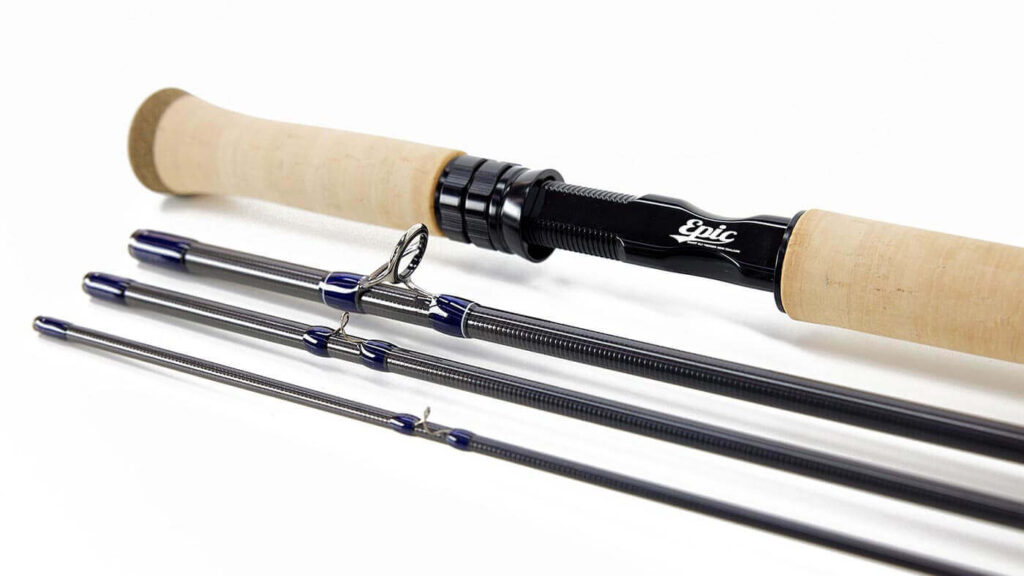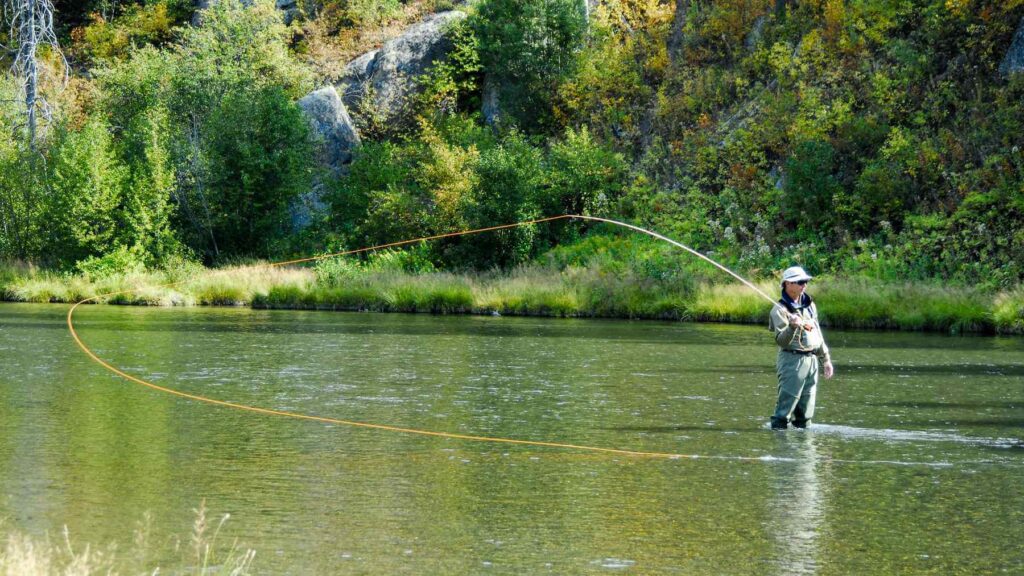
Alright, fellow anglers, let’s talk about something a little different: Spey casting. Now, I know what you’re thinking, “Spey what now?” Don’t worry, I was in the same boat once upon a time. I was all about chucking a lure as far as I could with a regular ol’ overhead cast. But then I discovered Spey casting, and let me tell you, it was like unlocking a whole new world of fishing.
So, what sets Spey casting apart from regular old casting? The gear, my friend, the gear! Let’s break it down:




Okay, so you’ve got your gear. Now it’s time to learn how to swing that bad boy. Let’s start with the basics:
This is the foundational cast for any Spey caster. While it might seem counterintuitive to use a two-handed rod for a single-handed cast, it’s a great starting point to understand the basic movements and timing involved in Spey casting.
While this cast doesn’t generate the power and distance of the more advanced Spey casts, it helps you develop the muscle memory and timing for the more complex techniques.
This is the cornerstone of Spey casting. It’s a powerful cast that generates distance and accuracy.
The double Spey is all about timing and coordination. The key is to synchronize the movement of both hands to create a smooth and powerful cast.
The Scandinavian cast is a versatile cast that can be used in various situations. It’s a shorter cast, often used for fishing in tight spaces or when presenting the fly delicately.
The Scandinavian cast is characterized by its quick and efficient delivery. It’s a great cast for beginners to learn as it helps develop a strong foundation for more advanced techniques.
Remember: These are just the basics. There are countless variations and refinements to these casts. The key is to practice and experiment to find what works best for you and the conditions you’re fishing in.
Would you like to learn about advanced Spey casts or other aspects of Spey fishing?
Let’s face it, we all make mistakes. Even the pros mess up from time to time. But fear not, here are some common pitfalls to look out for:
Alright, so you’ve mastered the basics. You’re casting like a pro, and you’re starting to feel confident. It’s time to level up your Spey casting game. Let’s talk about some more advanced casts:
So, how do you go from a Spey casting newbie to a seasoned pro? Here are a few tips to help you on your journey:
Remember, Spey casting is a journey, not a destination. Enjoy the process, and don’t get discouraged by setbacks. The rewards of mastering this art are worth the effort.
Now, go out there and start casting!